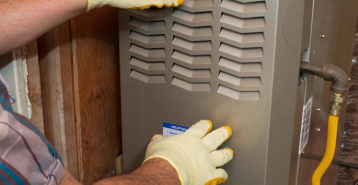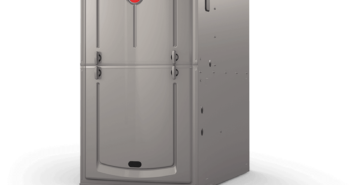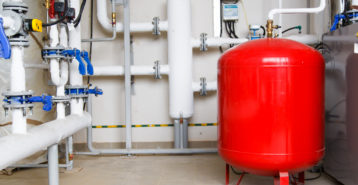What is a Two-Stage Furnace?
A two-stage heating, or furnace, unit means the furnace can operate at two levels of heat output. Compared to a single-stage furnace (with only power on and off settings), a two-stage furnace valve lets you adjust the heating at either high- or low-stage. For most homes, the low setting can provide optimal heating throughout the year and help you save money on utility bills.
How Does a Two-Stage Furnace Work?
To explain how a two-stage furnace works, we will use a single-stage furnace for comparison. A single-stage furnace means that the valve supplying the burner with gas only has two settings during operation, on full blast and off. Once the valve is opened, gas travels to the burner where it is ignited by the pilot light or ignition switch. The burner heats the heat exchanger, which in turn heats the air for your home. A blower assembly including the fan and motor is used for air circulation. It pushes the heated air through the ductwork and out of the vents to provide the necessary heat. It also produces the required suction to draw fresh air through the furnace filter and back into the system for reheating.
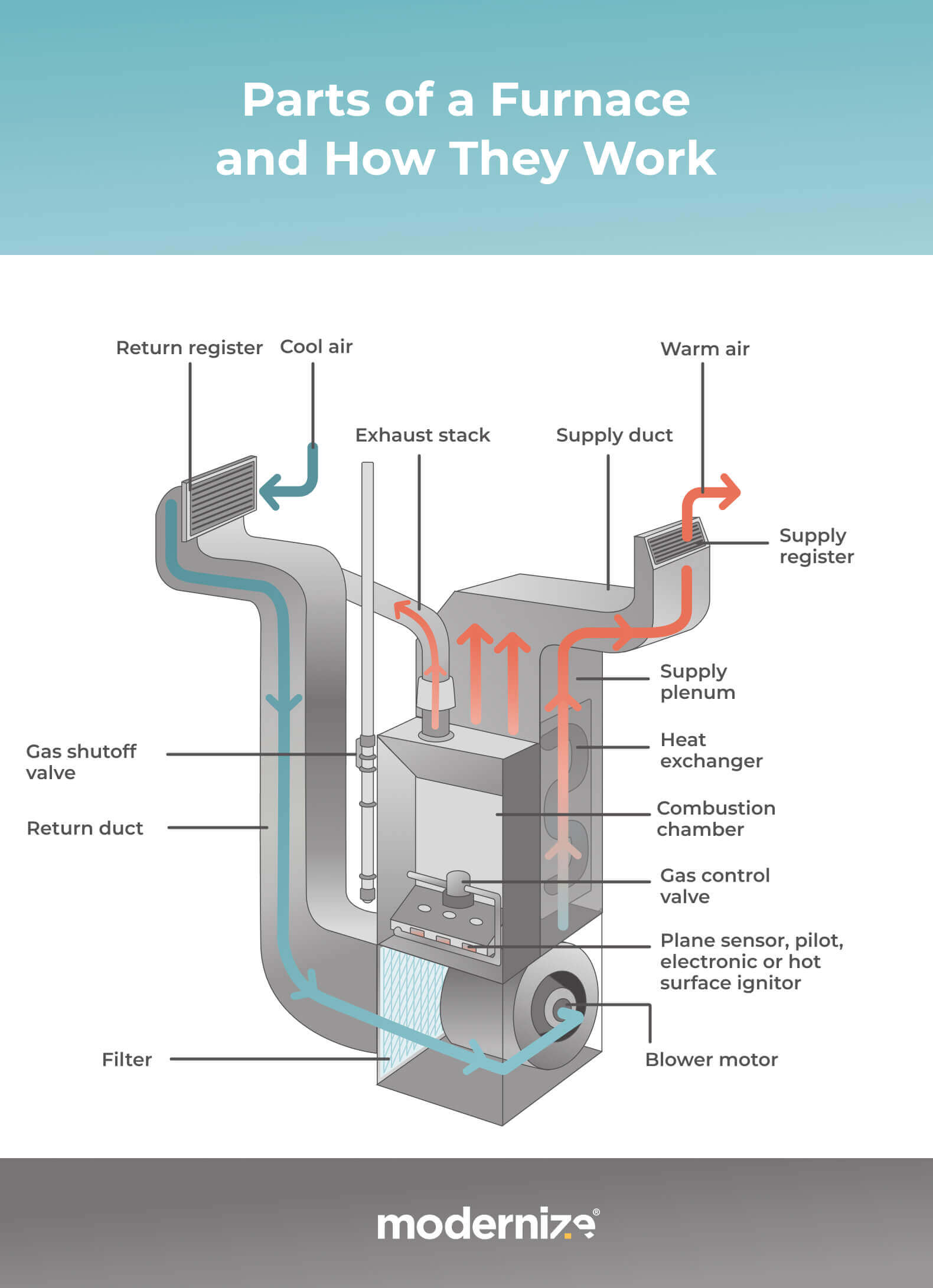
Two-stage furnaces utilize a three-position valve that is much more efficient than their single-stage counterpart. The valve settings are on, partially closed, and closed giving the two-stage furnace greater control during operation as it can run on low, or automatically shift to high as needed. In the low position, the heat produced by the furnace reduces to around 60 to 65 percent. This allows the furnace to heat your home more evenly and efficiently during initial activation. As we all know, efficient operation means less energy use and costs.
How Does a Two-Stage Furnace Heat My Home?
It all depends on the weather outside. During moderately cold weather, the furnace might activate in the partially opened position. The furnace’s control board and thermostat are responsible for controlling valve position. After reaching the programmed temperature settings on the thermostat, the furnace shuts down. On extremely cold days, when extra heat is needed, the valve opens fully and runs full blast until the desired temperature is achieved. A two-stage furnace system adjusts its output and fuel use to meet the temperature demands of your home whereas a single-stage system does not.
Benefits of a Two-Stage Furnace
The most obvious benefit of a two-stage furnace is that it burns less fuel, so you will realize lower energy costs during the heating season. The system achieves this by minimizing energy use during milder weather, burning about 60 percent of fuel, and switching to high only when necessary during the coldest days of the season.
A two-stage furnace also helps to eliminate cold spots and provides more even heating throughout your home. To explain this, we will again refer back to a single-stage furnace for comparison. There are three reasons your home experiences certain cold spots, and no, we are not talking about anything paranormal. The first is an oversized furnace. An oversized furnace can cycle on and off because it heats your house so quickly, allowing inside temperatures to cool before they are adequately distributed.
The second reason could be a result of improperly installed or positioned ductwork. And, the final cause would point to a single-stage furnace. Just like the oversized unit mentioned above, because a single-stage furnace runs only at full blast, it heats your house rapidly and then turns off. The inside temperature can cool before the heated air is adequately distributed leading to uneven heating.
A two-stage furnace can also increase the air quality inside of your home. Because this system runs more frequently than a single-stage version, the air in your home is circulated more often. Therefore, air is subjected to more filtration leading to healthier air quality.
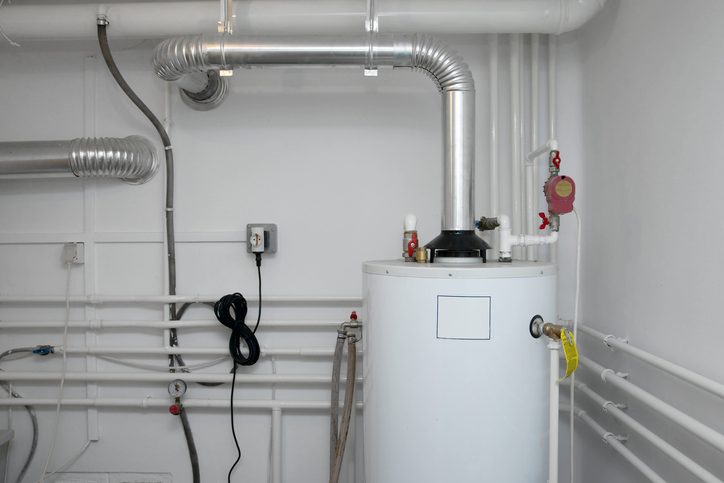
Difference Between Single-Stage, Two-Stage, and Variable Speed Furnace
A single-stage furnace knows only two modes, ‘on’ and ‘off’, so it disperses maximum heat possible in the environment when it is switched on. This is not necessarily the best idea as your heating requirements keep changing and the furnace is not able to change the temperatures. This problem is solved with a two-stage furnace and its valve settings that provides two levels of heating outputs.
There is another furnace type that differs from the above-mentioned multi-stage furnace types— a variable speed furnace.
In a variable speed furnace, rather than having multi-stages to fulfill the heating demands, the blower fan has variable speed. This characteristic makes the variable speed furnace the most effective option. The motor speed controls the temperature of the air so you can easily attain a desired comfortable temperature in your living space by being energy efficient.
For most homes, a two-stage furnace suffices in moderate to colder climates. If you need better control over your heating system, you can go for a more efficient variable speed furnace. Ask your HVAC contractor about which option is best for your home depending on your energy usage and the current system you have in place before replacing a heating system.


